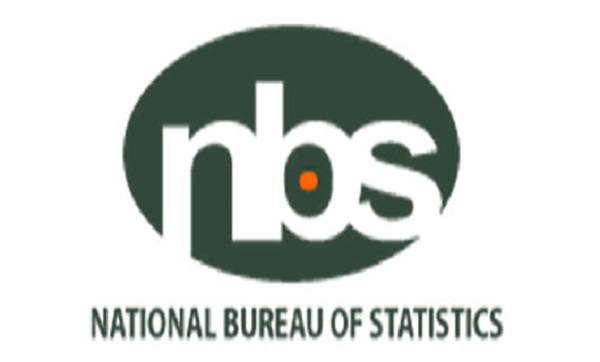By Esther Agbo
Despite efforts to stabilise the job market, Nigeria’s latest unemployment figures reveal lingering concerns, particularly for youth engagement and rural job creation.
According to the National Bureau of Statistics (NBS) report released recently, the national unemployment rate inched up to 5.3 per cent in the first quarter of 2024, compared to 5.0 percent in Q3 2023.
With female folks experiencing a notably higher unemployment rate at 6.2 per cent, compared to 4.3 per cent for males, highlighting ongoing gender-based inequalities in the labour market. While urban and rural areas showed similar trends, with urban unemployment holding steady at 6.0per cent, rural unemployment slightly decreased to 4.3per cent.
The report stated, “The unemployment rate increased to 5.3 per cent in the first quarter of 2024 from 5.0 percent in Q3 2023.
“The unemployment rate among males was 4.3 percent and 6.2 percent among females. The unemployment rate in urban areas was 6.0 per cent in Q1 2024, the same in Q3 2023.”
Although the unemployment rate for Nigeria’s youth aged 15-24 declined slightly from 8.6 percent in Q3 2023 to 8.4 percent in Q1 2024, there was a concerning rise in the number of youths not in education, employment, or training (NEET). This figure increased to 14.4 percent, suggesting a growing detachment of young Nigerians from both the job market and educational opportunities.
“The percentage of Youth Not in Education, Employment or Training (NEET Rate) was 14.4 percent. Indicating a 0.7 percentage point increase from Q3 2023,” the report revealed.
The report also sheds light on Nigeria’s high rate of self-employment, with 84 per cent of the workforce engaged in self-employed activities.
While this is a slight decline from 86 percent in Q1 2023, the data reveal the differences between urban and rural employment landscapes. Rural areas continue to see a higher rate of self-employment (91.9 per cent) compared to urban areas (78.2 percent), emphasising the reliance on informal and agricultural sectors in rural communities.
“The proportion of persons in self-employment declined from 86 per cent in Q1 2023 to 84 percent in Q1 2024. Disaggregation by place of residence, the rate of self-employed persons in rural areas was 91.9 percent and 78.2 percent in urban areas.”
Another key takeaway is the decline in labour force participation, which dropped to 77.3 per cent in Q1 2024 from 79.5 percent in Q3 2023. This suggests fewer people are either employed or actively seeking work, particularly in urban areas where the participation rate is notably lower (74 per cent) than in rural areas (82.5 percent). This urban-rural divide highlights the need for job creation policies tailored to each region’s specific challenges.
“The labour force participation rate among the working-age population declined to 77.3 percent in Q1 2024 from 79.5 percent in Q3 2023.
“Disaggregation by place of residence shows 82.5 per cent in rural and 74.0 per cent in urban areas. The participation rate among males was 77.5 percent and 77.1 percent for females.”
The employment-to-population ratio, a measure of the proportion of working-age individuals who are employed, also saw a decline, falling from 75.6 percent in Q3 2023 to 73.2 per cent in Q1 2024.
This drop was more pronounced in urban areas, where the ratio fell from 71.1 percent to 69.5 percent, reflecting a contraction in formal job opportunities across key sectors. In rural areas, the ratio also decreased, dropping from 80.7 percent to 78.9 percent, further compounding the struggles faced by rural workers.

